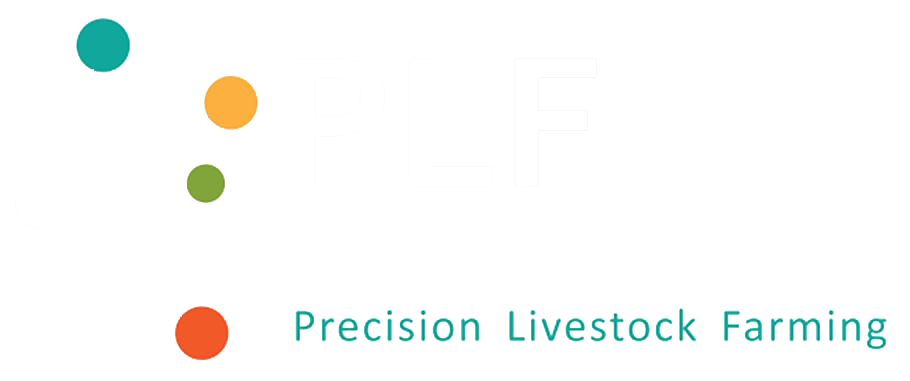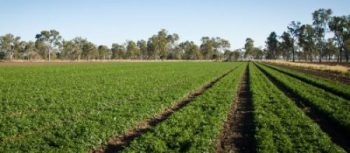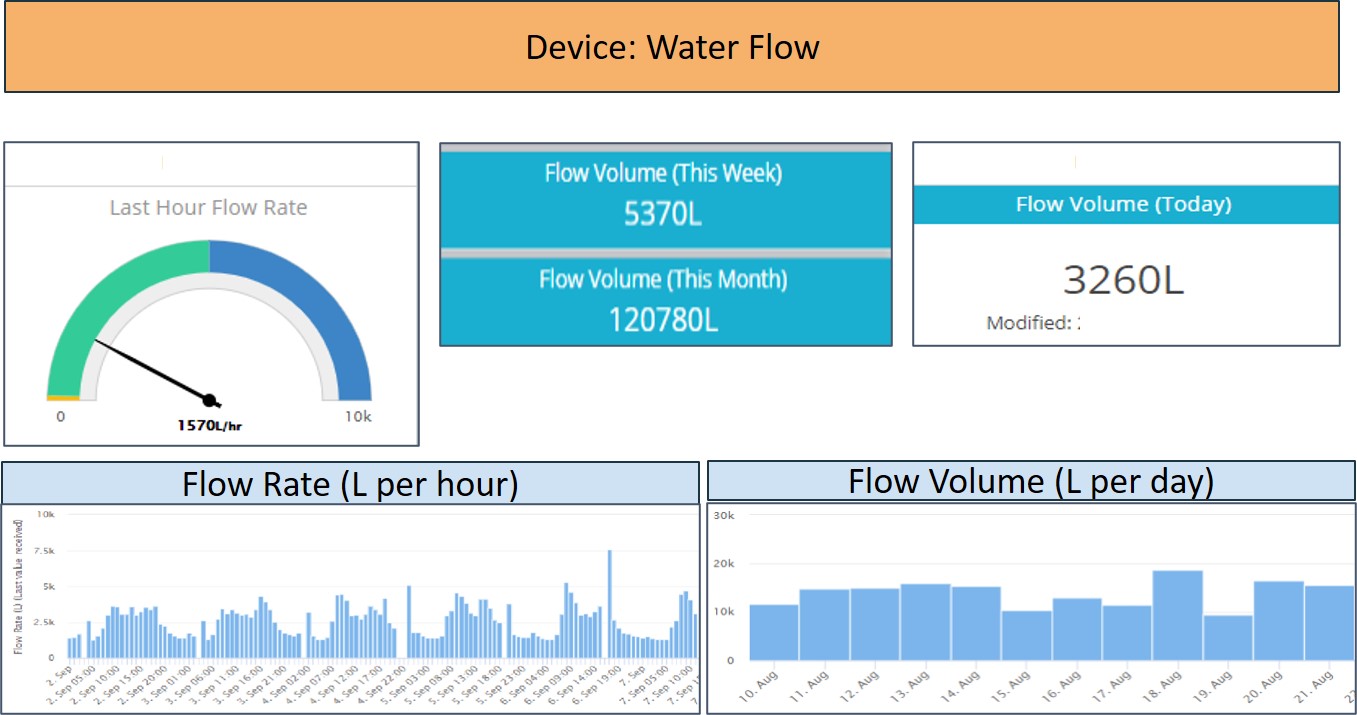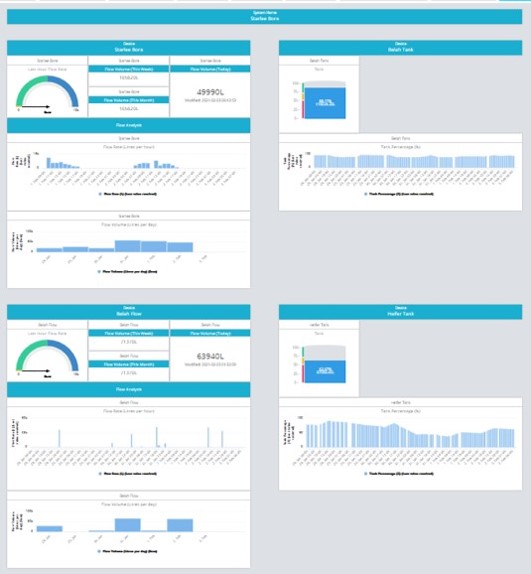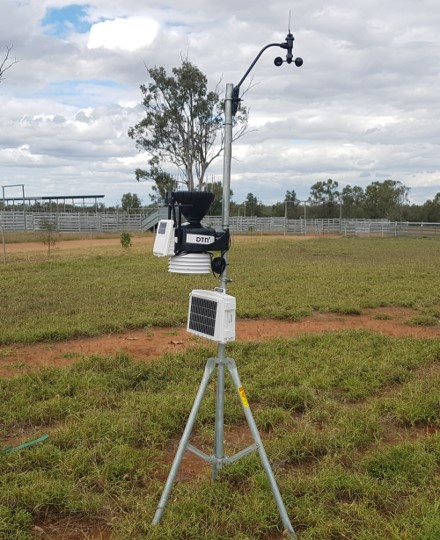PLF Australia (Precision Livestock Farming), based in Emerald, Central Queensland, commenced operations in 2017 to design and deliver ‘best-of-breed’ sensor-based, on-farm systems delivering real time management information for agricultural operations.
While we at PLF have considerable knowledge and experience in the utilisation of sensor technology and its application in all areas of agriculture, our prime focus is on how such systems can benefit the farmer’s business and quality of life.
Through the considerable time and resource saving, with farmers only having to deal with exceptions as informed by the system, they can allocate that time and resources to operations that can deliver improved farm output, resulting in profitability gains, as well as time to better plan for future growth and development.
The use of sensor technology to monitor farm performance and to control systems remotely has until recently been expensive and largely proprietary, meaning AgTech companies tend to lock customers into their systems, leaving the farmer with little option but to stay with those systems and services, despite them potentially becoming outdated.
PLF Australia is committed to continue to grow and evolve, along with the global advancement of Internet of Things (IoT) technology. In so doing, by maintaining a non-proprietary approach to the devices and systems, PLF can continue to deliver the ‘best of breed’ solution to meet its clients’ needs.
Farm management today involves considerable time with farmers having to continually inspect their properties, checking fences, stock/crops, water supply, and so on. This activity can take anything from hours to days and fixing problems when they are detected is often delayed.
In addition, livestock and crop growth and resultant profitability can be compromised through a lack of timely information. Research shows material gains in productivity across a wide range of agricultural businesses, if real time information is presented to farmers. (https://www.csiro.au/en/Research/AF/Areas/Digital-agriculture)
Examples of the information that can be captured in real time include water levels and flow, soil moisture and temperature and animal identification, location, growth and overall wellbeing, as well as on-farm weather (current, historic and forecast).
With timely, accurate management information, the farmer can act quickly to mitigate problems before they become serious and make more informed management decisions on where to foster growth and minimise costs.
